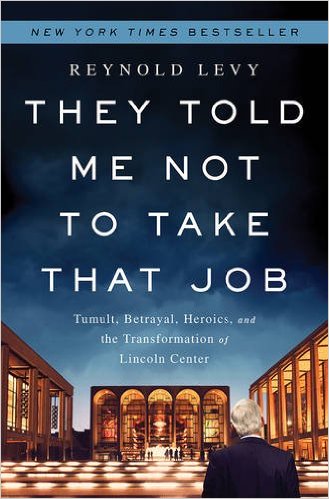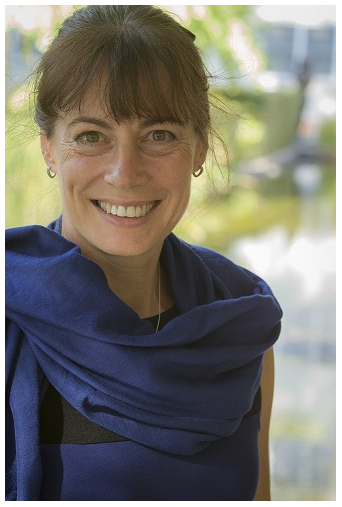Dear reader,
Welcome to the August 2015 edition of The Director’s Dilemma.
This month our protagonist explores the intricacies of international supply chains. It is easy to say 'the company should never do this'. It is really difficult to design and implement a system so that the company never can do that. I hope you enjoy the dilemma and its suggested responses.
Valerie chairs the audit committee of a large listed multinational company. The company sources agricultural products in many countries and manufactures branded food and beverage products which are sold internationally. She is a very skilled and experienced audit professional and the board look to her for leadership on ethical as well as accounting and reporting issues.
Recently the company was mentioned in an international report, and then in the press, as one of several that have purchased produce grown on farms that use child labour. The CEO has checked and can't say for certain that this did not happen although it is against all the company's policies and values. The problem is that with so many plantation and farm sources they can’t physically check each one all the time and rely on farmers self-certifying compliance with policy.
The company has worked hard to be a good corporate citizen and donates to community building projects in the third-world countries where it has operations or sources supplies. This scandal has caused a small drop in share-price but for the board the main issue is one of rebuilding reputation, regaining trust and ensuring this can never happen again.
The chairman has asked Valerie to work with the management team to build a better assurance system for labour issues in general and child labour in particular.
How should Valerie approach this problem?




